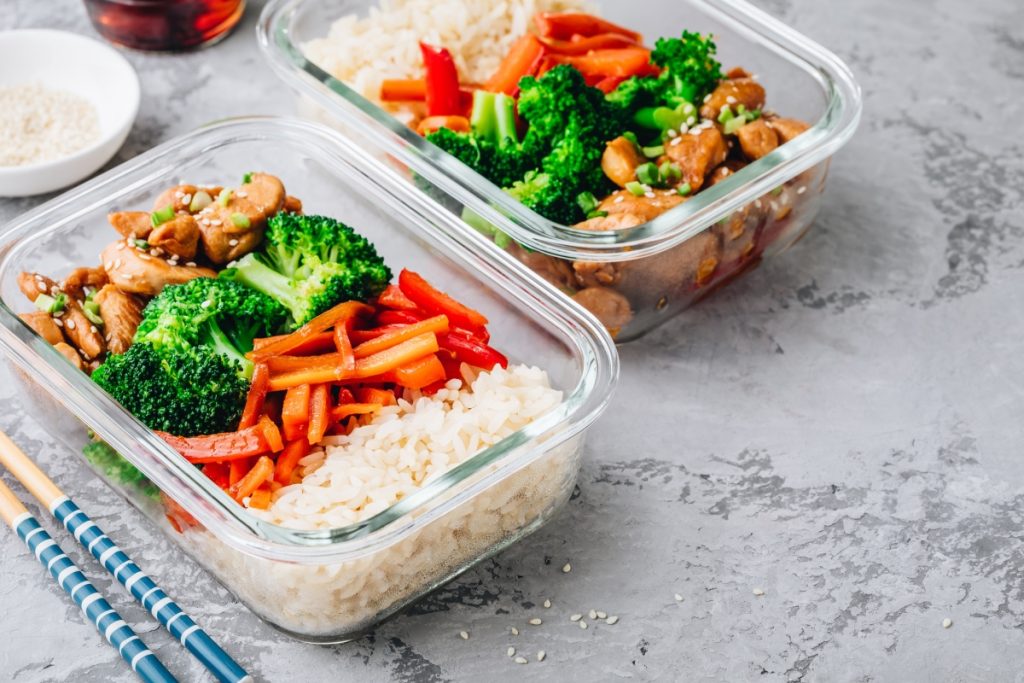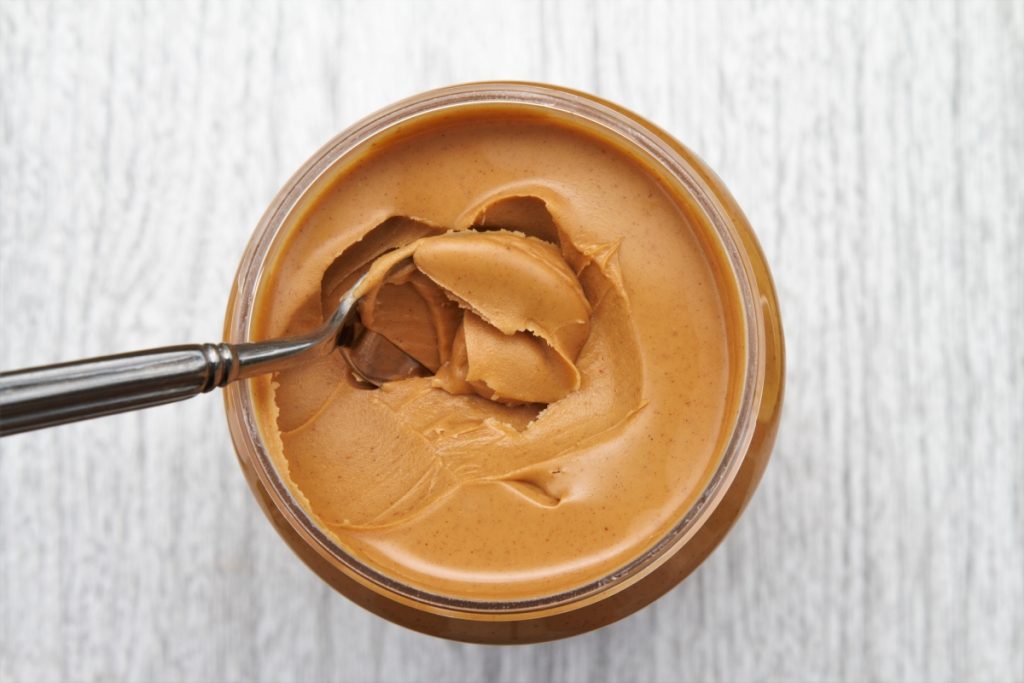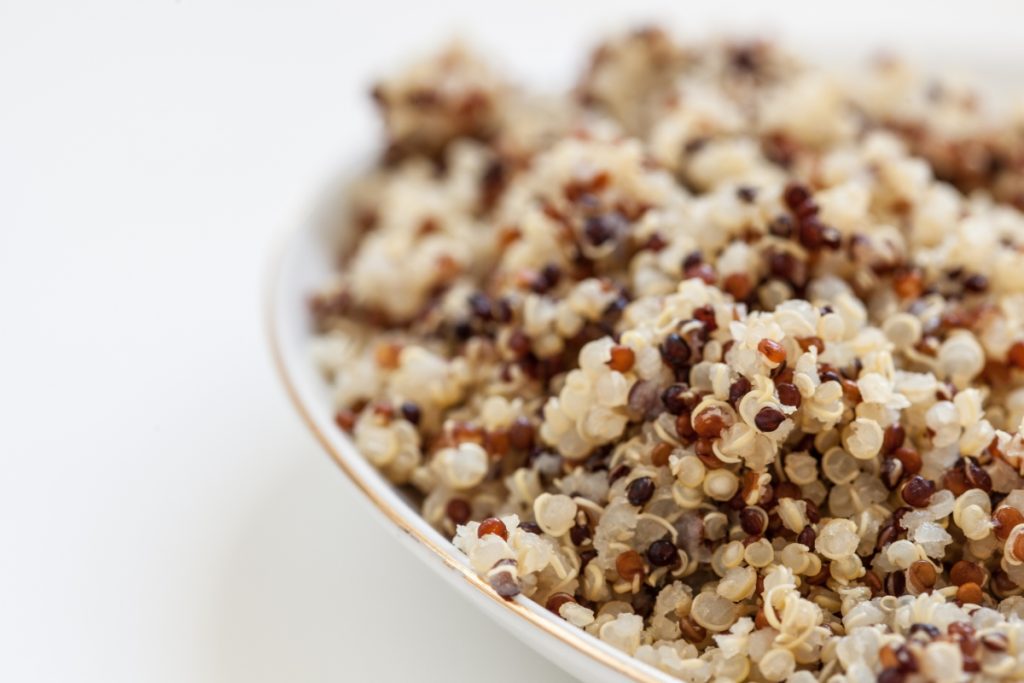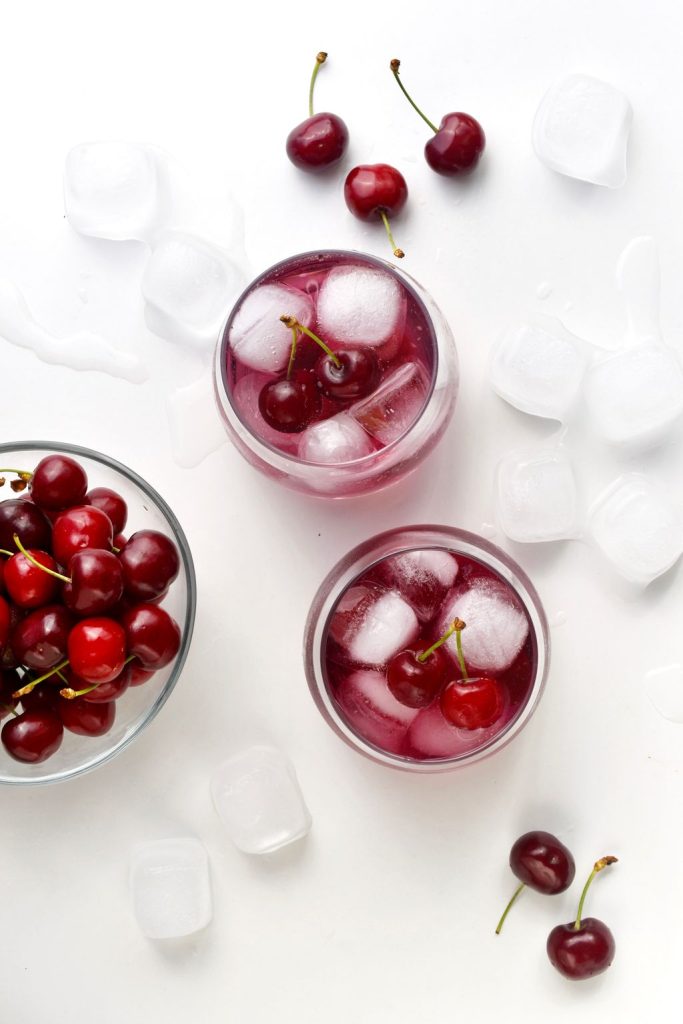13 Ways To Increase Your Protein Intake And See Visible Results

Protein is a key building block in your body. It helps repair any muscle fibers that might have been destroyed during exercise. From enzymes to hormones, proteins are involved in a ton of essential bodily processes. Whether you want to gain muscle mass or shed fat, a well-balanced diet with a high protein content will
Fact checked by Nattha Wannissorn, PhD

It’s a common misconception that protein is only important for athletes or bodybuilders. Protein is equally as important for a regular individual. Athletes burn more calories than an ordinary person– from jogging, sprinting, diving from great heights, or lifting weights– so their bodies require more nutrition to recuperate from strenuous physical exercise. However, protein is a vital component in everyone’s diet.

How Much Protein Should You Eat?
Protein needs differ from one individual to the next. Various factors affect protein RDI, including weight, height, activity level, and whether or not a person is pregnant. The Dietary Guidelines for Americans 2015–2020 recommended daily amounts (RDA) for protein are as follows:
| Age | RDI for Protein |
| Male adult aged 19+ | 56 g |
| Female adults aged 19+ | 46 g |
Older individuals are encouraged to increase their daily protein intake from 0.36 g to 0.68 g of protein per pound (0.16g to 0.31 g/Ib) to countermeasure age-related muscle loss.
Keep in mind that the recommended daily intake is the minimal intake that would satisfy the nutrient requirements for 97 – 98% of individuals in their age group. However, the RDA doses tend to be too low if you want to optimize your health and well-being. Most people need a much higher dose for satiety, blood sugar balance, muscle maintenance, and overall health.
Based on newer evidence, the recommended dose for older individuals could be up to 1.2 – 2.0 g/kg/day (0.55 – 0.91 g/lb bodyweight/day)
Those who wish to build muscles and maintain a healthy weight along with high physical activity should aim for 1.6–2.4 g/kg (0.73– 1.10 g/lb).
13 Easy Ways To Improve Protein Intake
Protein intake could easily be improved through a healthy, well-balanced diet. Here are 13 great ways to improve your protein intake:
1. Include Proteins In Each Meal
The overall amount of protein you consume daily is not the only thing that matters. It is also critical to consume protein at each meal. Several suggest that 25–30 grams of protein per meal are ideal. This quantity promotes satiety, mass muscle preservation, and body weight management better than lesser quantities consumed throughout the day.
20 – 30 g/meal is the dose that activates muscle protein synthesis (MPS). The minimum dose required to activate MPS goes up with age. You can consume up to 1g/Ib/day or 2.2g/kg/day.
Protein-rich foods for everyday meals include meat, fish, poultry, eggs, lentils, and soy products such as tofu and tempeh.

2. Eat Your Eggs For Breakfast
Many breakfast meals, such as toast, bagels, and cereals, have low protein. On the other hand, if we take two big eggs, they’ll have around 12 grams of protein and other necessary minerals and nutrients like iron, vitamins, lutein, and zeaxanthin. Likewise, consuming eggs, especially for breakfasts, tends to suppress hunger and fill an individual up for several hours. This helps people take in comparatively fewer calories later in the day.
3. Opt For Leaner And Larger Slices Of Meat
You could easily boost the protein content of your food by picking leaner and slightly larger cuts of meat. This would also help you decrease the overall calorie count of your meal. Let’s compare a 3-ounce (85-gram) serving of two different steaks:
- T-Bone steak = 250 calories + 2 grams of protein
- Sirloin steak = 150 calories and 26 grams of protein
The difference is significant. Always choose the steak with low calorie and high protein content.
4. Top Your Snack With Nutritional Yeast
Nutritional yeast could be added to almost any meal or snack to boost your food’s protein, vitamins, minerals, and antioxidants. Two teaspoons of fortified nutritional yeast contain 3 grams of protein. The yeast also includes all nine necessary amino acids, making it a high-quality plant-based protein. It’s widely used as a topping for soups and salads and a vegan cheese sauce flavor. You could also use it as a flavoring for popcorn, spaghetti, or casserole meals and as a smoothie ingredient.
5. Use Peanut Butter
Peanut butter is a delightful, high-protein snack that is rich and creamy in texture and works well with various dishes. Firm fruits such as apples and pears, which are strong in fiber but low in protein, may benefit from adding peanut butter to boost their flavor and nutritional value. For example, spreading 2 tablespoons of peanut butter over sliced fruit adds 7.2 grams of protein to the total. Peanut butter complements a wide range of meals, including oats, celery, whole wheat bread, and yogurt.

6. Pick Nuts For Your Afternoon Snack
Nuts are a protein-rich snack. They’re versatile and an excellent source of plant-based protein, particularly for people who follow vegan or vegetarian diets. Nuts also have vitamins and minerals that your bones, muscles, and skin need. Protein, fat, and fiber in nuts can also improve satiety. Almonds, cashews, pistachios, Brazil nuts, pine nuts, and hazelnuts are some of the major protein-rich nuts.
7. Give Peas A Chance
A ½ cup serving of cooked peas contains up to 8 grams of protein. They contain high amounts of protein compared to other vegetables, making them a satisfying snack. Peas are abundant in potassium, folate, and fiber– all of which have been linked to improved cardiovascular health.
Peas complement a heart-healthy diet because of their high-quality protein, low salt content, and vitamins and minerals. Therefore, replacing a portion of your packaged snack food or meat intake with peas would be a great choice.
8. Add Quinoa To Your Diet
Quinoa is considered a complete protein as it contains nine essential amino acids. This superfood is particularly beneficial for vegans and those who follow a plant-based diet. One cup of cooked quinoa contains more than 7 grams of protein. By mixing quinoa with lentils, tofu, porridge, and mixed veggies, you can quickly prepare a plant-based, protein-rich meal. Moreover, it’s gluten-free and a great meal option for people with gluten allergies.

9. Go For Ancient Grains
Ancient grains are commonly used in countries like China, India, and Africa. Due to their nutritional value, they are now becoming popular in the western world. Adding these grains to your diet could easily increase your protein intake. Common protein-rich ancient grains include:
- Amaranth
- Kamut
- Sorghum
- Freekeh
- Rye
- Teff
10. Eat Tuna
Tuna is a relatively high-protein fish and has low calories and fat. You can quickly make a healthy tuna sandwich for lunch and up your protein intake. One serving (85 grams) of tuna is 24.8-gram protein, making it satiating. Tuna also includes a good quantity of omega-3 fatty acids and is high in vitamins and minerals.
11. Make Protein Pancakes
If you’re already making pancakes, add a scoop of protein powder such as Protein Breakthrough to the flavor and protein content recipe.
12. Keep Protein Bars Handy
Protein bars are a convenient way to increase your protein intake. Many store-bought ones are high in processed sugar, but you can pick the ones free of added sugars, or even better, you can make these at home. Protein bars are also a good snack choice before or after a workout because of their high protein and carbohydrate content, which can help with energy and muscle regeneration.

13. Take Protein Powder Or Add It To Your Smoothies
Typical smoothies are high in fruit, vegetables, or juice but usually low in protein. A protein shake or protein smoothie can be an excellent way to meet your protein intake goals, especially if you prefer plant-based meal replacement. Protein powders make it easy to produce a healthy smoothie. Whey, soy, egg, and pea proteins are among the many options available for protein powders if you’re not allergic to the ingredients.
Bonus Tip: Take Digestive Enzymes To Boost Protein Digestion
The problem is often not with the diet but with digestion. You can only benefit from the dietary components that your body digests. Digestive enzymes could help you increase your protein absorption by 3 times.
Our co-founder Wade T Lightheart, 3-time Canadian National All Natural Bodybuilding Champion, competed in both the IFBB Mr. Universe and the Natural Mr. Olympia as a vegetarian. Wade eats less than 85 grams of vegetarian protein daily, while all his competitors need over 200 grams of protein daily. His strategy was to improve protein assimilation through digestive enzymes. Learn more about digestive enzyme benefits here.
Conclusion:
A high-protein diet can help you lose weight, grow muscle, and enhance your overall health and metabolism. You can increase your protein intake by adding more protein-rich foods to your diet. Another simple method is to use protein powder along with a good diet.
- Dietary Guidelines For Americans 2015-2020. Health.gov. Published 2015. Accessed June 30, 2022. https://health.gov/sites/default/files/2019-09/2015-2020_Dietary_Guidelines.pdf
- Calvani R, Miccheli A, Landi F, et al. Current nutritional recommendations and novel dietary strategies to manage sarcopenia. J Frailty Aging. 2013;2(1):38-53. doi:10.14283/jfa.2013.7
- Strasser B, Volaklis K, Fuchs D, Burtscher M. Role of dietary protein and muscular fitness on longevity and aging. Aging Dis. 2018;9(1):119-132. doi:10.14336/AD.2017.0202
- Bauer J, Biolo G, Cederholm T, et al. Evidence-based recommendations for optimal dietary protein intake in older people: a position paper from the PROT-AGE Study Group. J Am Med Dir Assoc. 2013;14(8):542-559. doi:10.1016/j.jamda.2013.05.021
- Witard OC, Garthe I, Phillips SM. Dietary protein for training adaptation and body composition manipulation in track and field athletes. Int J Sport Nutr Exerc Metab. 2019;29(2):165-174. doi:10.1123/ijsnem.2018-0267
- Leidy HJ, Clifton PM, Astrup A, et al. The role of protein in weight loss and maintenance. Am J Clin Nutr. 2015;101(6):1320S-1329S. doi:10.3945/ajcn.114.084038
- Schoenfeld BJ, Aragon AA. How much protein can the body use in a single meal for muscle-building? Implications for daily protein distribution. J Int Soc Sports Nutr. 2018;15(1). doi:10.1186/s12970-018-0215-1
- T-Bone steak FoodData central. Usda.gov. Accessed June 30, 2022. https://fdc.nal.usda.gov/fdc-app.html#/food-details/169537/nutrients
- Sirloin steak FoodData central. Usda.gov. Accessed June 30, 2022. https://fdc.nal.usda.gov/fdc-app.html#/food-details/168636/nutrients
- Nutritional Yeast FoodData central. Usda.gov. Accessed June 30, 2022. https://fdc.nal.usda.gov/fdc-app.html#/food-details/2194488/nutrients
- Peanut butter FoodData central. Usda.gov. Accessed July 1, 2022. https://fdc.nal.usda.gov/fdc-app.html#/food-details/324860/nutrients
- Quinoa FoodData central. Usda.gov. Accessed July 1, 2022. https://fdc.nal.usda.gov/fdc-app.html#/food-details/168917/nutrients
- Tuna FoodData central. Usda.gov. Accessed July 1, 2022. https://fdc.nal.usda.gov/fdc-app.html#/food-details/172006/nutrients




